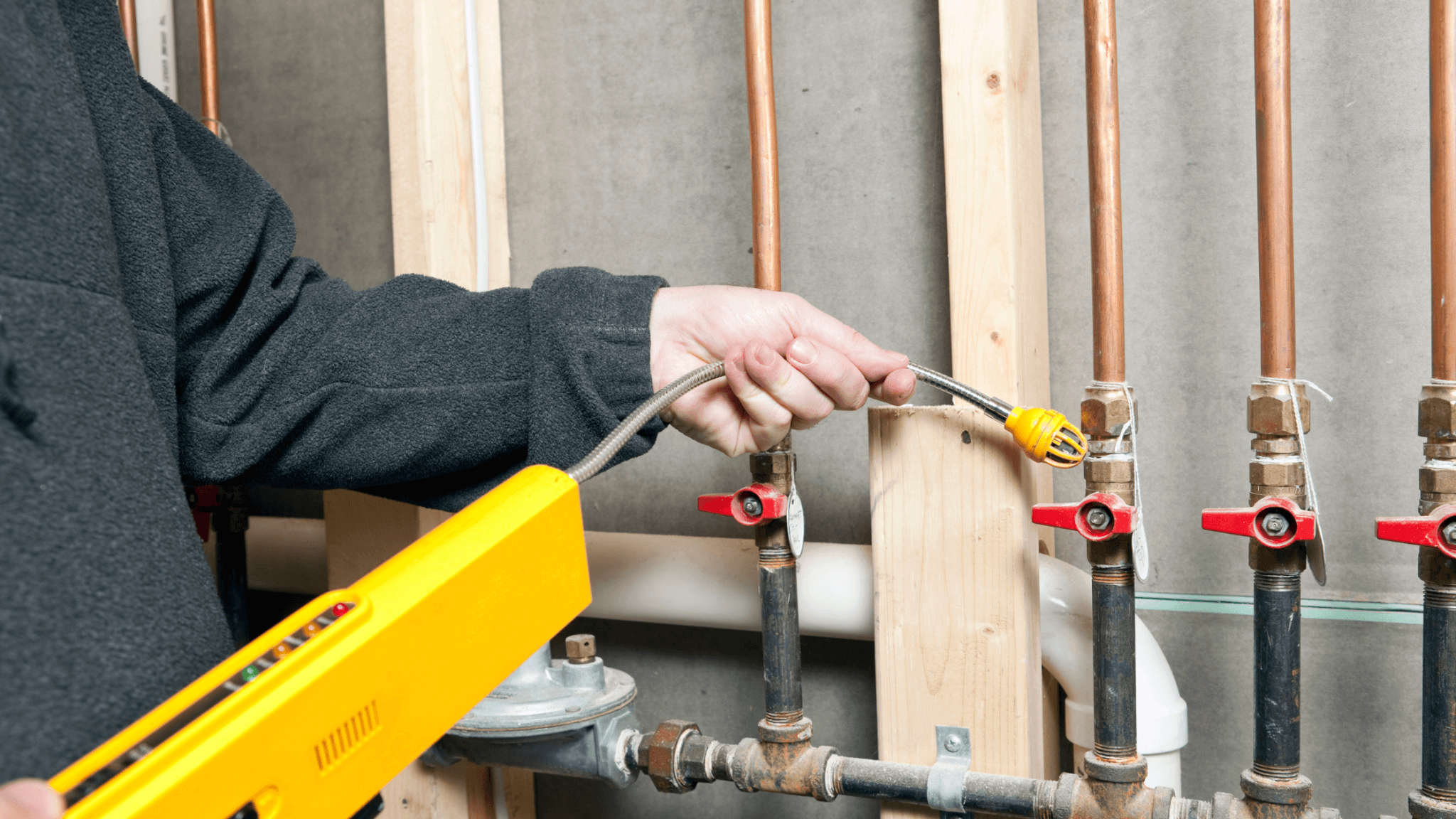The May 28 gas line explosion in Youngstown demonstrated the risks of having untrained workers removing natural gas lines. The calamity killed one person and injured seven, spawning one lawsuit and likely several more, which begs the question: are stricter regulations needed for the removal of interior gas lines?
Ignorance causes calamitous blast
In the Youngstown explosion, three unsupervised workers cut into a natural gas line in an occupied mixed-use building’s basement, thinking the line was abandoned. After the third cut, they realized the gas line was still charged with gas and alerted authorities and building occupants. Even still, a bank employee was killed in the explosion just six minutes after the third cut.
According to Rich Boyarko, training director for Plumbers and Pipefitters Local 396 union in Youngstown, it shouldn’t have happened. Best practices understood by union-trained plumbers would’ve prevented it from happening if they’d been doing the work.
Before line removal, double check
Although a trained plumber isn’t required to remove natural gas lines inside a building (the lines are the building owner’s responsibility, not the utility company’s), even untrained workers should understand how to do such work safely. Trained plumbers know to confirm the status of a pipe before removing it, and to re-confirm that confirmation.
According to news reports, the Youngstown workers were told before removing it that the gas line that later caused the explosion was long abandoned and inactive. But it’s unlikely they even checked the utility company valve for the line, Boyarko said, because the valve was in the street. “There’s no way I would touch a line unless I can see that valve is shut off,” he said.
Still, more than one plumber contacted for this story said that confirming the line’s supposed inactive status by simply checking the valve isn’t enough.
“As far as a plumber or anybody touching those utility lines, you would never cut into a line that you have not confirmed is dead. You’d always look to see that it’s shut off, but you need to confirm [with the utility company] on top of that,” Boyarko said.
Best practices for gas line removal
Taking the boss’s word that a line is dead is foolish, according to trained plumbers, including Boyarko and others. “I’ve seen guys hurt because someone told them the line is dead, and it wasn’t. Even if the valve is shut off and you’ve seen it, you don’t know if that valve is broken,” Boyarko said.
In addition to checking the valve to determine the status of the line to be removed, a worker should check with the utility company to confirm that the line is truly inactive.
Jim Gerard, a retired master plumber with 30+ years of experience, said other precautionary steps should be taken to prevent an explosion. Gerard’s recommended best practices include:
- Shutting off the line at the service meter (valve)
- Cutting and plugging the gas line at the first seam in the line in the building’s interior
Unfortunately, due to the often decrepit infrastructure of utilities throughout the nation, catastrophes like the Youngstown explosion might still happen even when best practices are followed. Because of the age of many gas lines, even the utility company may not have the correct understanding of their status due to their antiquated nature. A utility’s schematic of the building’s gas lines might not be accurate, or it might have been created so long ago that it’s lost and unable to be located.
Don’t mess with explosives
Natural gas is a highly explosive gas that’s combustible with even the smallest ignition source. As shown in the unfortunate case of a 27-year-old Chase Manhattan Bank employee killed in the Youngstown blast, dealing wrongly with any type of gas can quickly turn deadly, in addition to causing millions in property damage.
As kids, we are taught not to play with fire and to steer clear of explosives like firecrackers and M-80s, both of which can seriously injure people. Regardless of their training level, workers should use similar caution when working around or removing gas lines, understanding that one wrong move could be disastrous.
After all, when cutting into a natural gas line, it’s not simply a hunk of steel pipe that’s at stake. One wrong decision could cost people’s lives—and livelihoods.


